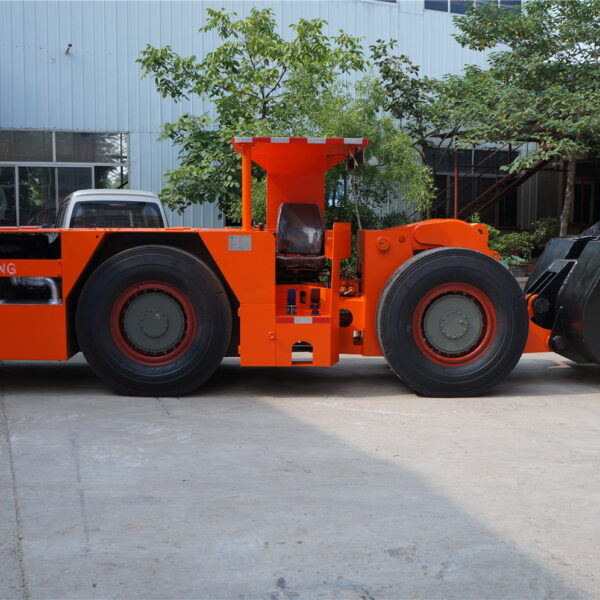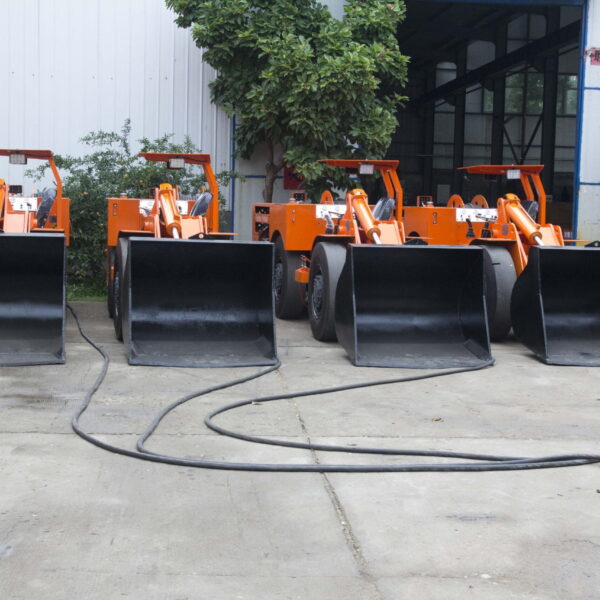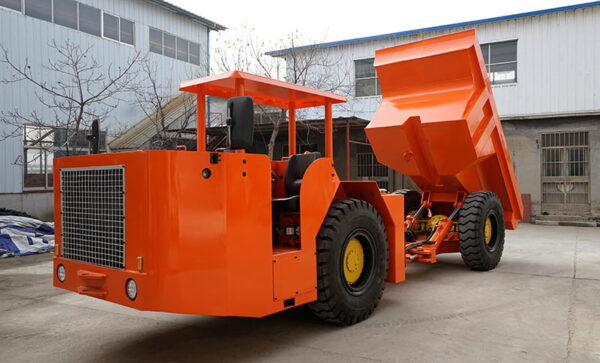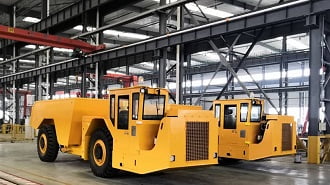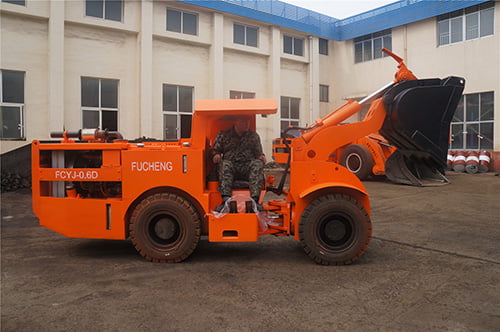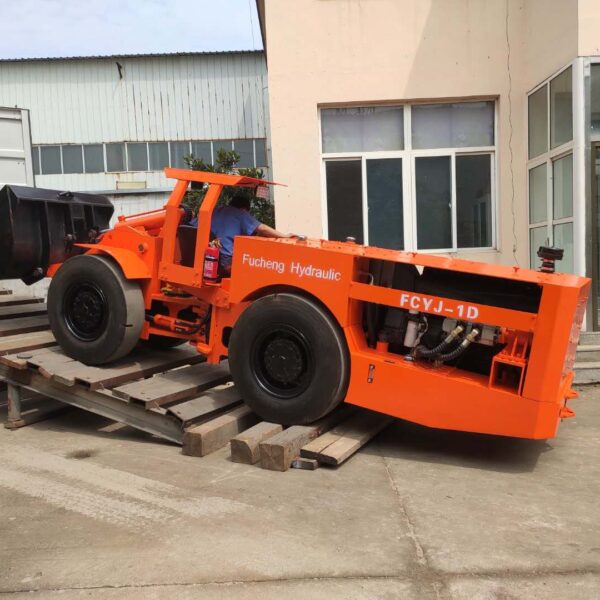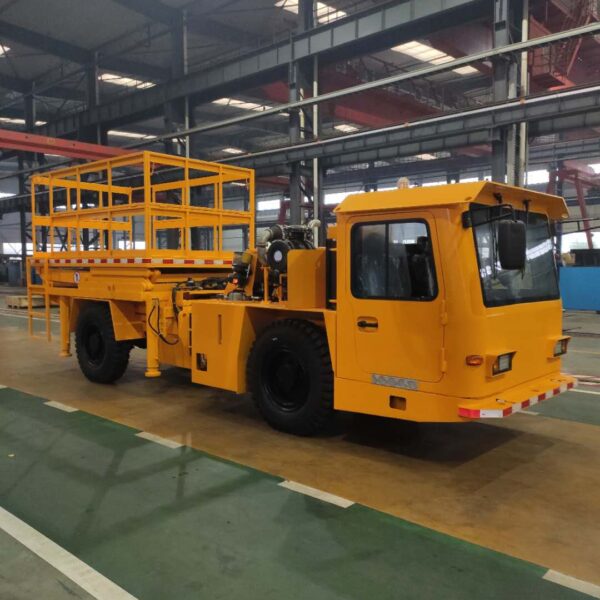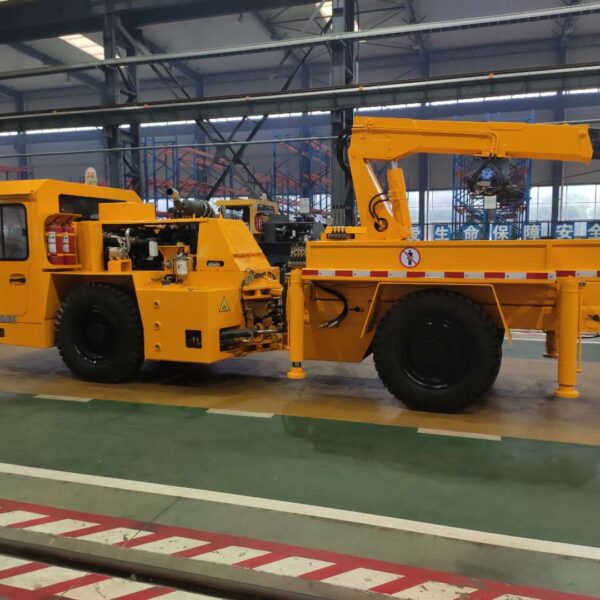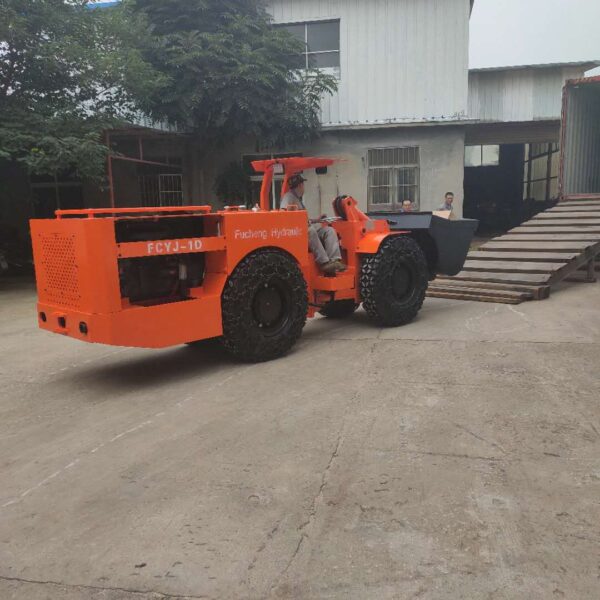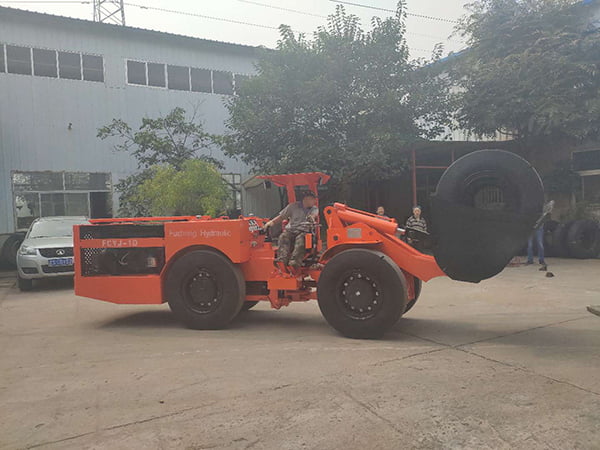Introduction
Risks to underground mining workers are the same all around the globe. The dangers of mining base metals, nonmetallic minerals, diamonds, and coal are similar even though the extraction methods vary. However, the risk increases with the depth of the mine.
What Can You Do to Reduce Mining Risk?
There have been substantial improvements in safety due to the use of more modern equipment and methods. This has led to a greater emphasis on worker training among worldwide underground mine operators.
Despite advances in safety technology and a better understanding of potential hazards, it is still important to review your safety plan regularly. This will ensure that you make every effort to create the safest and most up-to-date working environment.
Prioritize Your Planning
Miners need to put up detailed blueprints in advance, whether working on a surface or an underground project. Preparation is vital to ensure that the process runs well and that everyone’s well-being is protected.
Drilling and blasting operations may be improved by assessing the surrounding environment. Deep mine safety and rock properties and pressure may affect the sequence of events.
It is simpler to survey a region with mining technology. Because the correct program can show you the numerous possible results of your suggested ideas. The use of digital models might assist you in exploring several possibilities.
With careful planning, you’ll be able to go ahead with more confidence.
Maintaining a High Standard of Safety
Workers may have high expectations if they are regularly inspected and conform to mining laws. Maintaining strict adherence to mining safety rules and regulations is an effective way to promote accountability and duty among workers.
When safety standards are seen positively, checklists and procedures become a need rather than an unnecessary step. You can make a more conducive environment by asking employee suggestions for improvement. Everyone can get behind the effort to secure mining methods if a safety culture is in place.
Necessary Protection Gear
In the mining industry, head-to-toe gear may protect workers from a wide range of hazards. Wearing steel-toed shoes and other protective equipment is critical for the safety of construction workers.
Rockfall is a significant source of mining accidents. So it’s essential to wear a hard helmet that’s appropriate for the job.
Before approaching potentially dangerous areas, be sure to put on your protective gear. Including rain gear, various high-visibility clothing (such as jackets and work clothes), and reflective clothing.
Ensure your protective gear has a proper fit for maximum protection and promptly replace any damaged garments.
Illumination
MHSA requires a minimum light intensity of 5-foot candles for ordinary tunneling activities. However, shaft driving during dredging, drilling, and scaling requires 10-foot candles.
Hazard Warnings
Make sure that all signs are clearly visible and readable. Also, make sure that all communication and signaling devices are working 100%.
In the case of an unanticipated accident or catastrophe, these gadgets might be crucial.
Maintenance of the equipment
Regular equipment tests and maintenance procedures guarantee that all mining-related machinery and vehicles are safe to operate in the underground mine or on the mining site.
Personal Protective Equipment (PPE)
Miners who have been in the industry for a long time know exactly what they need to keep themselves safe. However, beginners should get instruction on choosing personal protective equipment (PPE).
The materials that personal protective equipment (PPE) manufacturers employ have improved significantly. Take a closer look at your personal protective equipment (PPE).
Fall Protection
To prevent falls, you need ladders and scaffolding. Especially in mountain mines and raised gold mines. If you find yourself in one of these predicaments, ensure you’re properly outfitted to avoid a fall.
Alarms and Ventilation
Ensure that your carbon monoxide (CO) detectors and alarms are in good functioning condition. And capable of picking up on unusually high levels of CO and other potentially hazardous fumes, vapors, and gases. Maintaining and testing this equipment regularly should be a top priority for you.
Employee Identification and Monitoring
During each shift, mine operators must be able to track the whereabouts of every single worker. Verify the identity of your employees and the mechanism for checking them in and out.
Work Gloves
Glove designs have significantly improved in recent years because of lighter and more breathable textiles by glove makers. Some of these materials are even more resistant to cuts and punctures than their predecessors.
Observe the gloves that your employees need for specific work activities.
Footwear
To avoid ankle rollover, today’s work boots are taller. Boots with more insulation can keep your feet warm even when it’s freezing outside.
To improve stability and balance, new sole platforms are broader and thicker.
Eye Protection
Many miners require eyeshields LED-illuminated hard helmets in addition to safety eyewear. Improved scratch abrasion and fog resistance have been included in today’s eyewear designs.
Hearing Protection
There are long-term effects on miners’ hearing from mine blasting and diesel-powered equipment. Earplugs and ear covers may be used to protect workers’ hearing. It depends on the operating decibel levels in the workplace.
Improve Visibility
Having a good view of the surroundings, from on-site cars to subsurface chores, may help prevent mishaps. Due to reduced vision, you are more prone to make errors in dark roads and work locations.
For pre-and post-blasting activities, visual assessments of an area may be enhanced by underground lighting. Consider the weather conditions in which you will be using your personal illumination devices and fixed lights.
This may keep mining employees safe from unexpected power outages by providing consistent light sources. Vehicle collisions may be avoided as well if there is enough visibility.
It is possible to avoid dangerous accidents by using working lighting on industrial and mobile equipment.
Lifting Precautions
Working in tight quarters might necessitate unnatural postures and movements, resulting in musculoskeletal ailments. As a consequence of the grueling nature of mining, workers may have aches and pains.
Miners have a key role in lifting. But long-term wear and strain may make it much more challenging to do so. Lifting heavy things may strain the back and neck, slowing down productivity.
Preventing strain injuries by using assistive tools and proper posture are two ways to mitigate muscular fatigue. It’s also a good idea to get the help of your fellow miners while lifting heavy objects.
Manage Noise and Vibration
In the quarrying process, powerful mining equipment and explosions can cause vibration and noise. This will reverberate throughout the soil.
Drilling buffer holes in advance will reduce vibrations. To lessen the amount of noise and shaking, millisecond blasting might be used to postpone the explosions significantly.
Suppression supports may reduce the noise to a manageable level. Blast mats may assist control powerful gas emissions.
Maintaining Ideal Temperature
Miners are exposed to a wide range of temperatures, which may put their bodies under stress. There is a wide range of temperatures in gold, diamond, and coal mining operations.
In contrast, deep mines closer to the earth’s core might experience excessive temperatures. Miners are susceptible to heat fatigue and confusion due to working long hours in such a demanding environment.
In addition, employees who are already suffering from cold-related illnesses may be harmed by exposure to freezing temperatures. If a crew member is unable to perform their job, it might harm the well-being of others.
A combination of hydration, adequate clothing, and occasional pauses may reduce the risk of cold or heat stress.
Mining Ventilation
Workers in mines are at risk of being poisoned if they breathe in the toxic gases in nature. In some cases, high concentrations of certain gases can combust when they are close to each other.
It is essential to be aware of the warning signals to prevent gas poisoning. Carbon monoxide poisoning, for example, may produce a headache and shortness of breath. Gas detection sensors provide more reliable monitoring.
It is possible to enhance air movement by using effective ventilation systems. In the presence of more oxygen, the gas can be reduced to an acceptable concentration for safe air quality.
Final Thoughts
Any organization’s mine health and safety act must be applied in the corporate culture. Everyone is responsible for their safety. This is particularly critical in high-risk sectors like underground mining. Regular training is key to reducing the number of incidents resulting in injuries and deaths.
Both mine management and miners must properly follow operational safety protocols. In order to protect employees’ lives, health, and the value of the workplace, employers must provide them with appropriate equipment and training.
Creating a safe working environment equates to increased productivity and profitability in the mining industry. Employee morale and happiness soars, making it easier to keep them on board. In order to ensure the long-term survival of your company, you should adopt a comprehensive approach to worker safety education and safe work.

